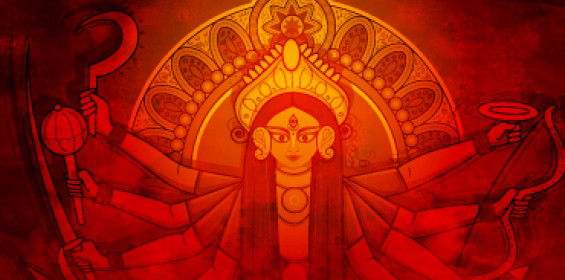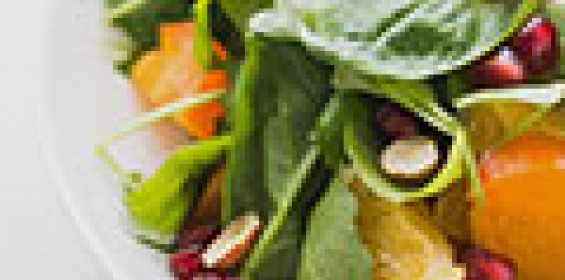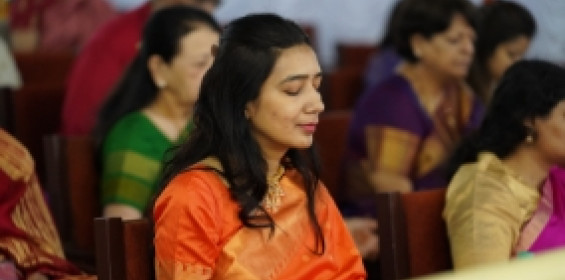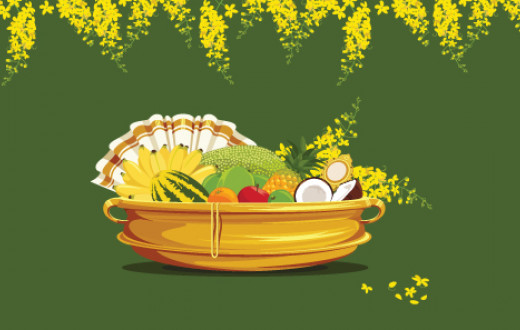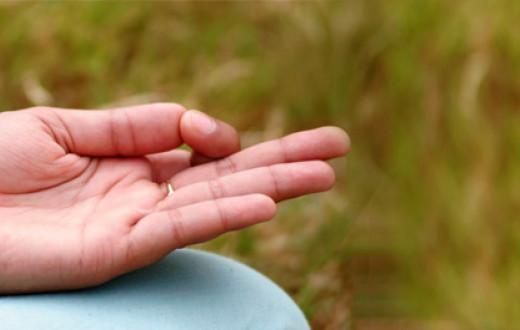The holy month of Shravan is the fifth month of the Hindu Vedic calendar. Preceded by Ashada, it is the second month of the rainy season and considered one of the most important months of the year. Starting in mid-July, it begins with the full-moon and ends with the full moon in August for north-Indian states. Whereas for the southern states, it begins with the new-moon and ends with August’s new-moon.
This month is considered auspicious by the entire sub-continent. The southern states revere it because this brings the arrival of south-west monsoon. And for the other states, there are several important festivals distributed throughout the month.
With several festivals like Janmashtami, Nag Panchami, and Guru Poornima; rituals, and practices associated with this month, a lot of myths have become synonymous with Shravan. Some of the practices followed during the month of Shravan include: not cutting hair, not eating onion and garlic, adhering to a fresh vegetable-based diet, praying to Lord Shiva.
Each of these practices has symbolism behind it. With time, the symbolism got lost but the practices remained. Now, let’s go back and see what is the actual meaning and reasons behind these practices.
Why you should not cut hair during Shravan
The month of Shravan is symbolized as the month of growth. During this time, the south-west monsoon brings rain and happy tidings to farmers. With the monsoon in full flow, it is also the time when the crops go through their prime growth phase. As an agrarian country, India gives a lot of prominence to this period. Farmers used to pray for these rains and when they arrived, rejoiced merrily.

Because of this association with growth, it was opined that anything which is grown naturally and without effort shouldn’t be cut. Whether it was hair or nails, it was suggested that since they are growing on their own, they shouldn’t be cut. This doesn’t mean that one should compromise on their hygiene. However, not cutting the hair was just seen as a symbolic reverence to the crops that were growing in the fields.
Why eating onion and garlic is discouraged during Shravan
Although many might consider it to be religious, the practice of not eating onion and garlic or putting it in cooked food was discouraged because of a practical reason. Onion and garlic are layered vegetables and are grown below the soil. Because of the rains, the muddy water used to collect over the soil and the bacteria present in it used to seep into the onion/ garlic produce.

The seepage was so deep that it was said that the bacteria could penetrate all the layers of the onion. That is why it was suggested to stay away from onion and garlic during Shravan.
Why fast during Shravan
Shravan is also associated with Lord Shiva. Many cultures promote fasting in this month all over the country. Shiva devotees do it on the four Mondays of the month whereas those who worship Goddess Parvati do it on Tuesdays, in the form of ‘Mangal Gauri Vrat’.
There are several reasons why fasting is encouraged during the Shravan month. The most practical one was that during monsoon, our body’s metabolism lowers as it gets affected by the change in weather around us. The humidity in many parts of the country also made it difficult for the body to digest the food properly. For this reason, it was suggested that the body should be given a break one day a week so that the stomach and intestines are rested.

Aside from the religious aspect of fasting as a prayer to Lord Shiva, fasting was considered as a measure to tame the animalistic tendencies inside of us. So, while you fast, those desires and tendencies calm down and at the same time, the fauna is allowed to grow externally.
Why is consuming non-veg food discouraged during Shravan?
Lord Shiva is also named as Pashupatinath - the lord of all animals and living beings. The seers and ascetics opined that since you're worshipping Lord Shiva as Pashupatinath, you should not consume the beings that are dear to him.
There are two theories as to why it is suggested that one should stick to a fresh vegetable and fruits diet and not consume animal-based diet during the month of Shravan. Special reverence is shown to naturally growing elements during this period. For this reason, it was suggested that no living being should be culled during the month of Shravan for human consumption as it would be inauspicious.

Another reason why fasting is suggested during this month is that it gives depth to our meditation. The Hindi word for fast is upvas. Symbolically, it means coming nearer to your own self.
Shravan’s association with Lord Shiva
The month of Shravan is widely associated with Lord Shiva because it was this month when the mythic churning (Manthan) of the celestial ocean occurred. When the demons (Asuras) and gods (Devas) churned the ocean, the first to come out of it was poison or halahal. It is said that this poison was so powerful that it could destroy all living creatures. Lord Shiva consumed that poison and saved everyone, and because of this, he is revered during the month of Shravan.
There’s a symbolical happening behind this story as well, which is followed unwittingly in all Shiva temples all over the world during the month of Shravan. Shiva devotees offer milk to the Shivalinga as a form of prayer during this month. Although this practice has been criticized, there is a meaning behind it.
As mentioned above, the rains increase the bacteria present in the soil during this month. And when the cows eat the grass of that soil, that bacteria goes into their stomachs. Hence, the milk that came out of the cow was considered as poisonous, since it was full of bacteria. And since Lord Shiva consumed the original poison, the devotees offer that bacteria-filled milk to the Lord, as a symbol of the poison in their lives.
Another tradition that is followed that people should go to temples early in the morning during the month of Shravan. This was just to ensure that people had an early and auspicious start to their day. However, with COVID-19 and the resulting lockdown, it is not advisable or possible to go to temples. In this situation, chanting and meditation in the morning are an even better way to please Lord Shiva. And, when we look at it closely, there are a lot of similarities in the fruits that are achieved when we compare praying to Lord Shiva versus meditating.

It is said that praying to Lord Shiva liberates us from the three Gunas - sattva, rajas, tamas, (qualities of our mental form) that bind life, which was symbolized by the trident in his hand. Another symbolism of this is that the trident represents the past, present, and future.
The three qualities of the physical form (doshas) - vaata, pitta, kapha, are also represented by the trident. We pray to Lord Shiva to liberate us from these binds. And the offering of water on the Shivalinga symbolizes that all our devotion and adulation is only for Shiva. And when that water is offered to Shiva, then the water itself gets purified, which is symbolized by our devotion.
So, just like praying to Lord Shiva, chanting and meditation also rid us from the binds of gunas, doshas, and time. And even the mental surrender of our prayers to Lord Shiva acts as a purifier for the ritual.
Bilva leaves have been renowned as a popular offering to Lord Shiva. And it is because Lord Shiva is the original environmentalist. Praying to him doesn’t require a lot of rituals and offerings. Just one bilva leaf and a cup of water is enough to symbolize your prayers. An offering done with minimal harm to the environment is very dear to Lord Shiva.
These are the gross and subtle meanings of all the rituals that are associated with Lord Shiva during the month of Shravan.
For fasting, please do note that people who are diabetic, elderlies, small kids, and people on medication are excluded from this. They will get the fruits of their prayers by doing meditation and chanting alone.
One of the best ways to revere lord Shiva is to listen and meditate along with Rudram chantings. You can take a sankalpa for the Shravan Rudra Pujas here.
Based on the inputs of Swami Sharanu, Vaidic Dharma Sansthan
We’d love to hear from you
Leave your comments @artofliving

